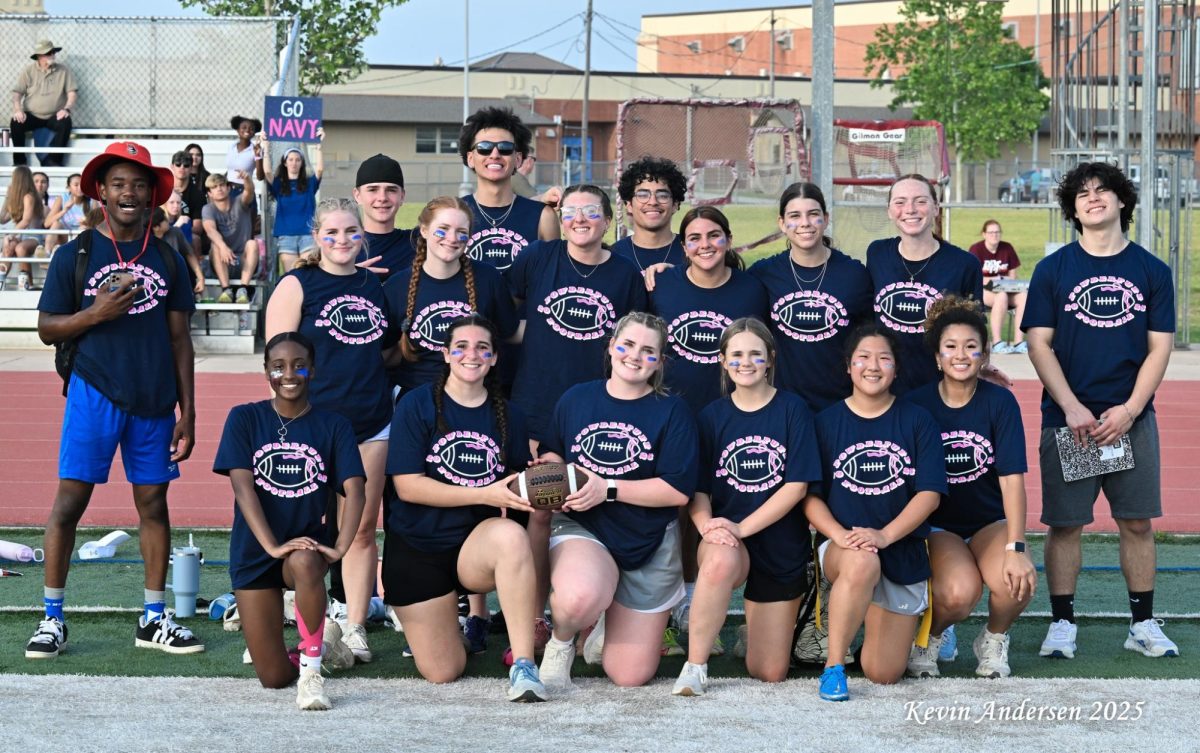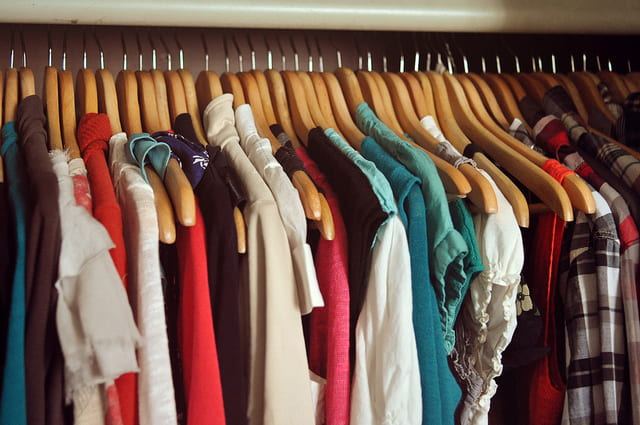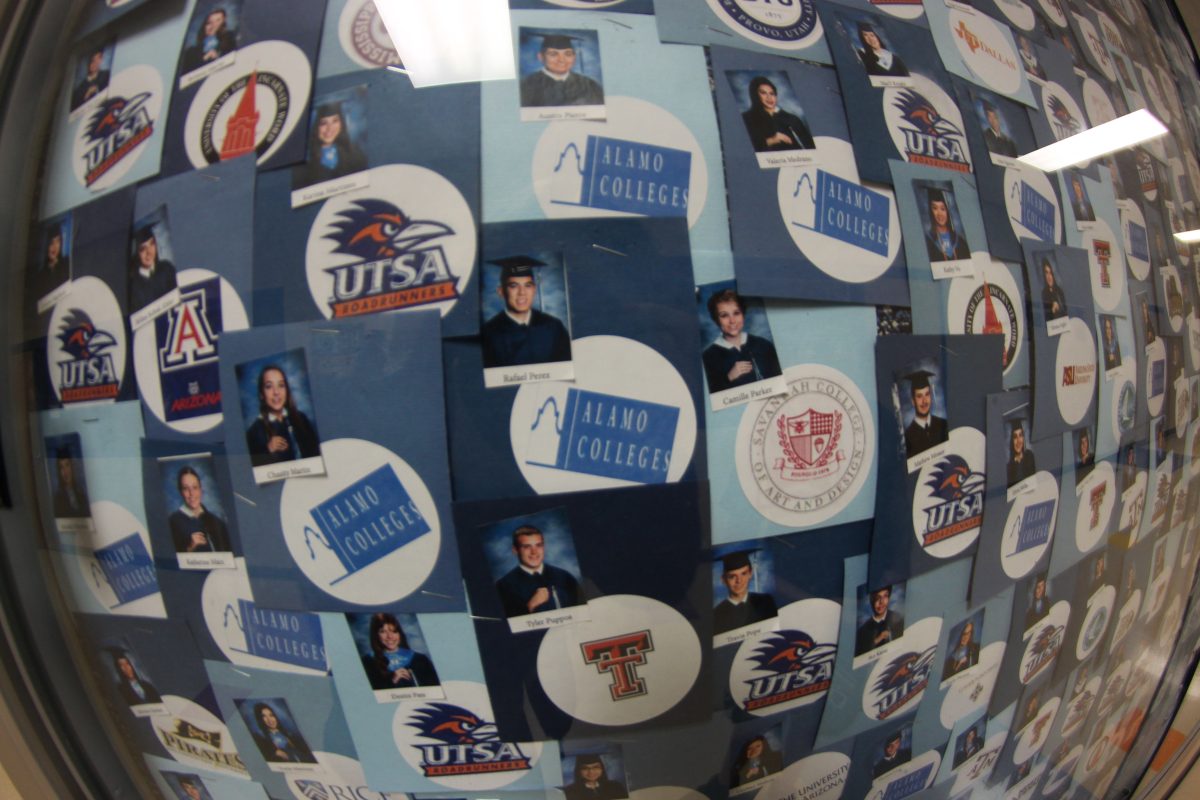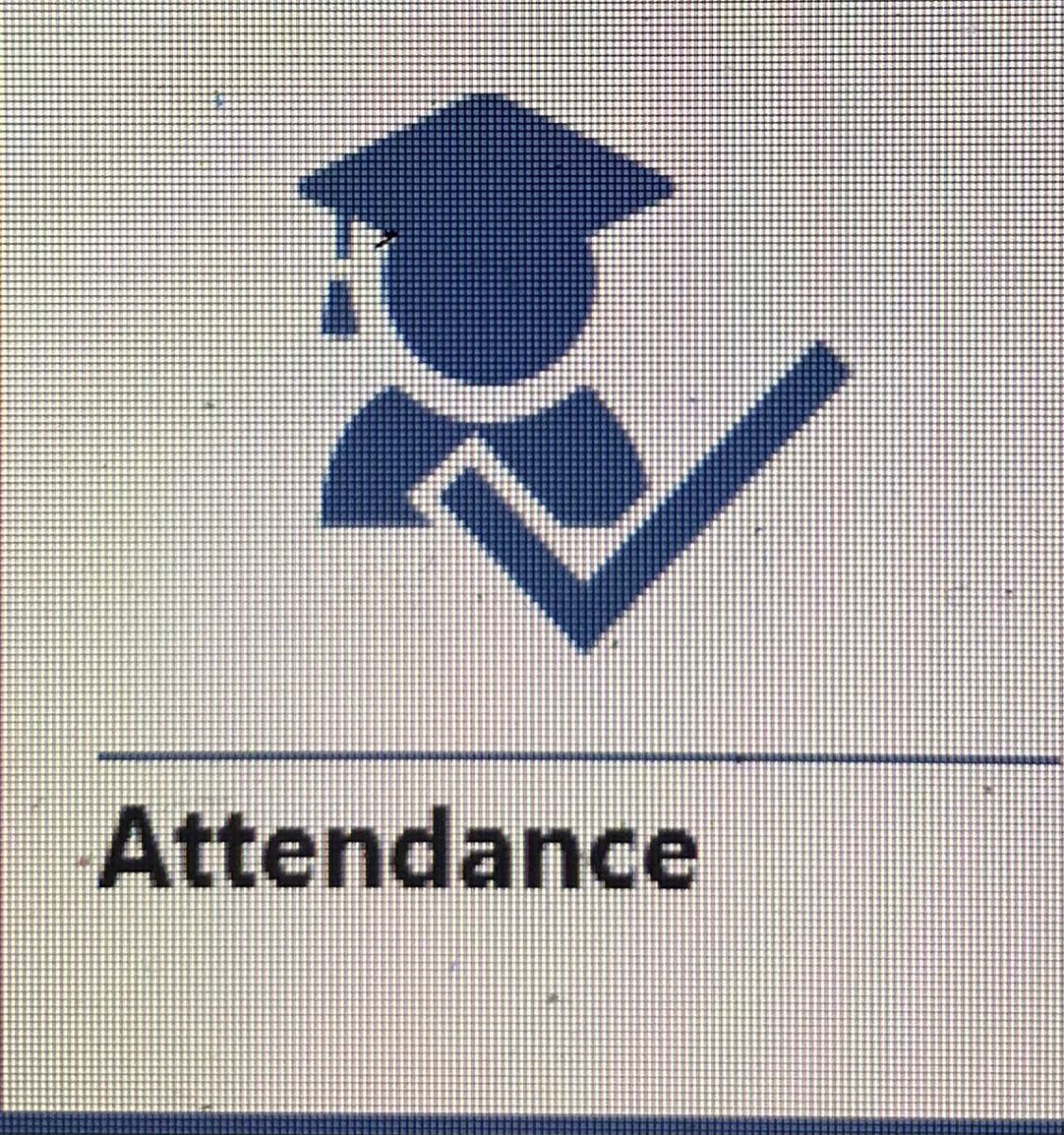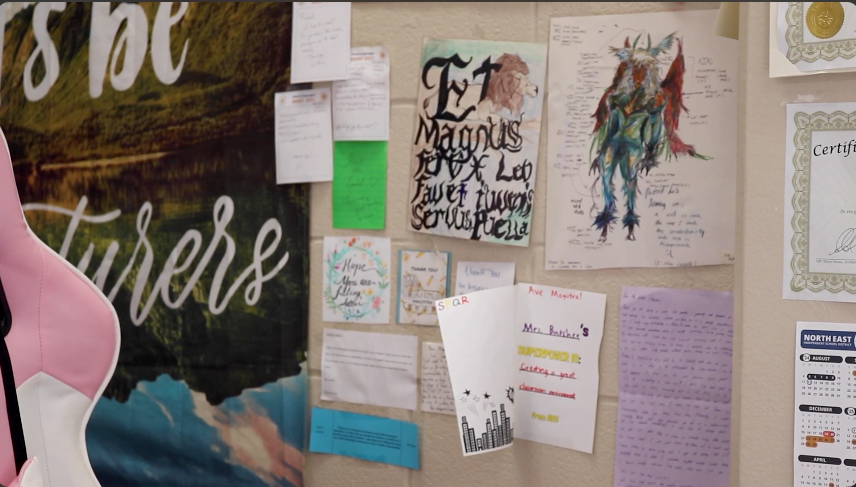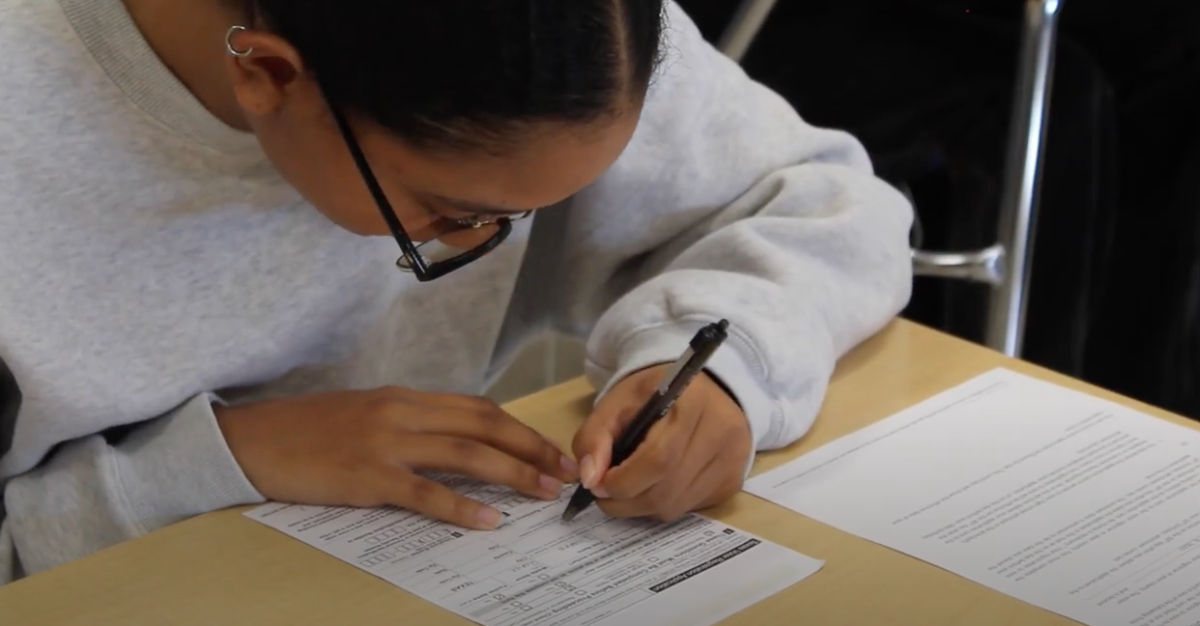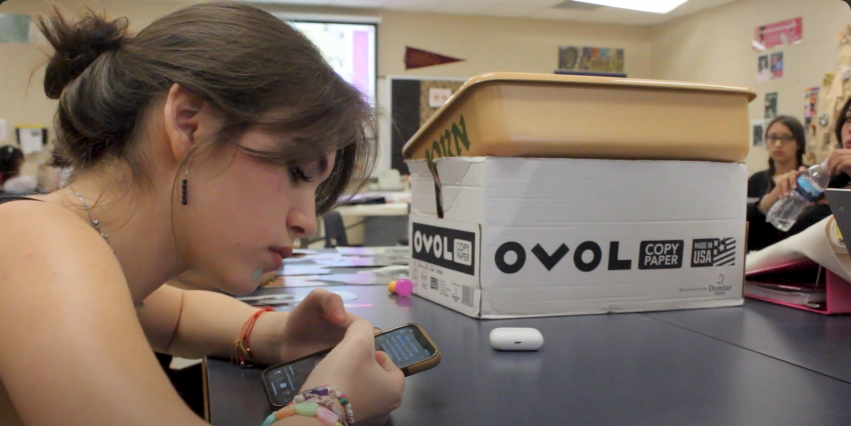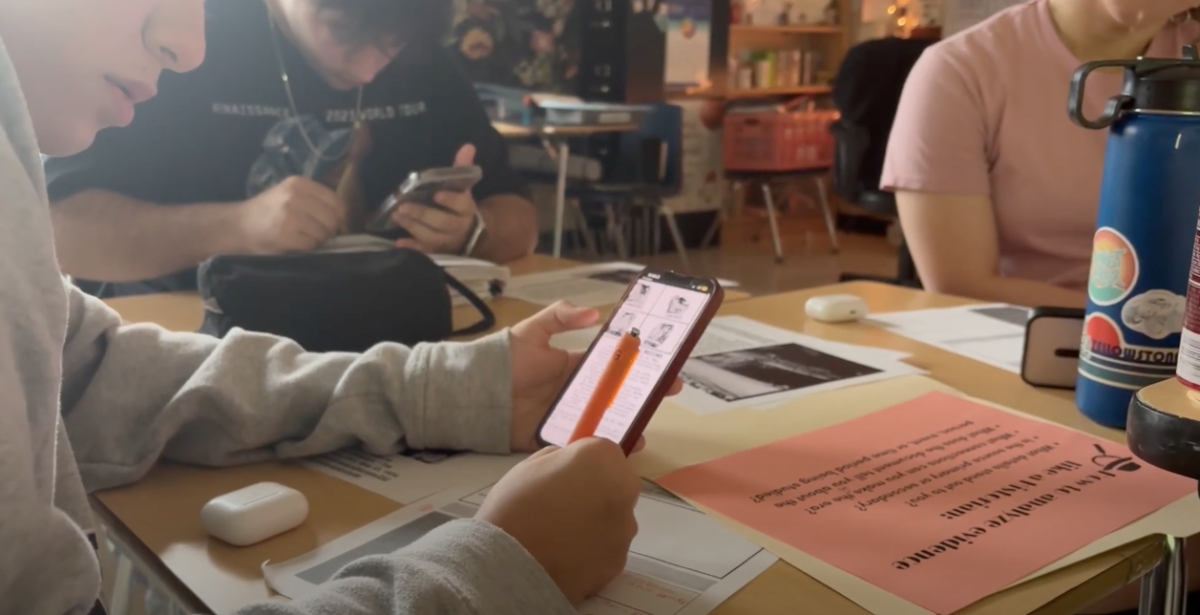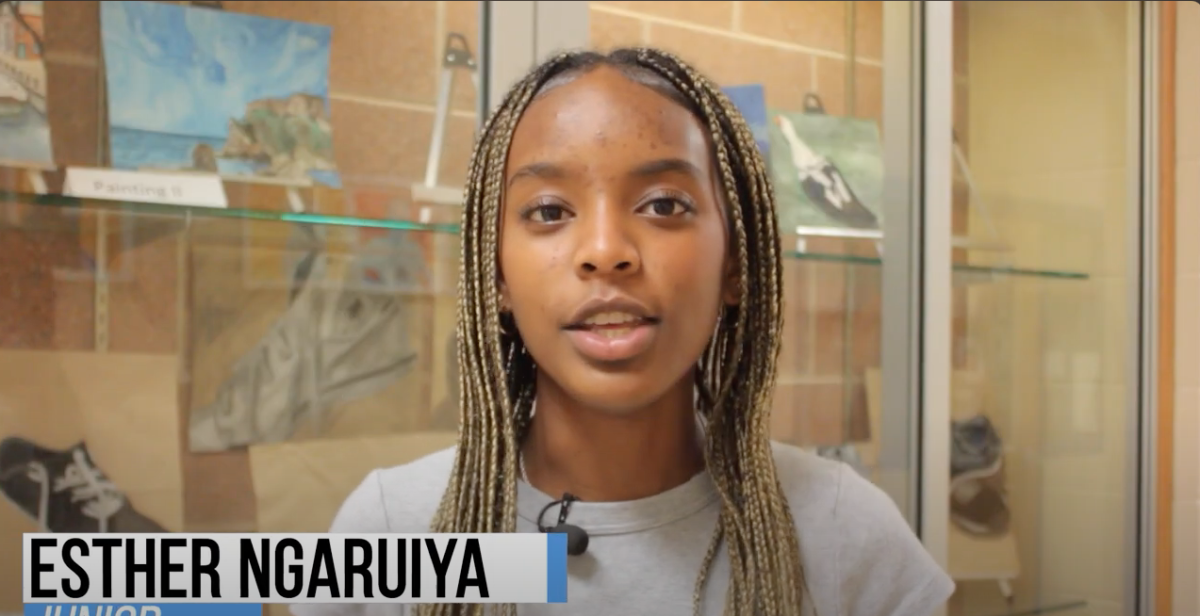by Lauryn Chavez | sports editor
With frequent possible exposures to COVID-19, students have had to endure COVID tests before returning to school or work. However, there are different ways students can get tested depending on who they’re getting tested for. Senior David Zendejas has gotten rapid testing done in order to return to work.
“There’s two types: there’s the PCR and the rapid testing. I got rapid testing done, and I got it done because I got in contact with my next door neighbor, and I just found out that he had got COVID-19,” Zendejas said.
Although he got tested for his exposure to the virus, Zendejas tested negative for COVID-19 and could return in time for work the next day.
“It was painful, I admit that. I didn’t like it and it hurt my nose and it hurt for a couple of hours but then after that I got used to it,” Zendejas said. “And after, I got my result quick and it came out negative.”
Despite being uncomfortable for a few hours, he managed to overcome his discomfort from his rapid testing.
“Rapid testing is for quick results. They stick the swab up your brain and the PCR test is another way of testing for COVID and what they do is they get a swab and instead of getting it stuck up your nose you put it in your own nostril,” Zendejas said. “It’s like a little swab that you go [put] around your nostril, and after that it’ll take about two or three days for it to get your results and most school’s and works require you to take the PCR test.”
The main difference between PCR testing and the rapid testing is the time in which your results come in.
“You can go to a local hospital or a Walgreens, but I got mine done at the local urgent care, and I made myself an appointment there online, and I went there and I got it done,” Zendajas said.
As for where you can get testing done, there are many options to choose from locally but Zendejas prefers to get his rapid testing at an urgent care.
“It depends if you need it to be done quickly like me, if I need it to be done quickly because I need to go back to work the next day then that’s why I choose rapid testing,” Zendejas said. “But if you don’t work and you need it for school then take the PCR, but for me I’d go for the rapid testing to get this thing over with but it’s not as accurate compared to the PCR one.”




